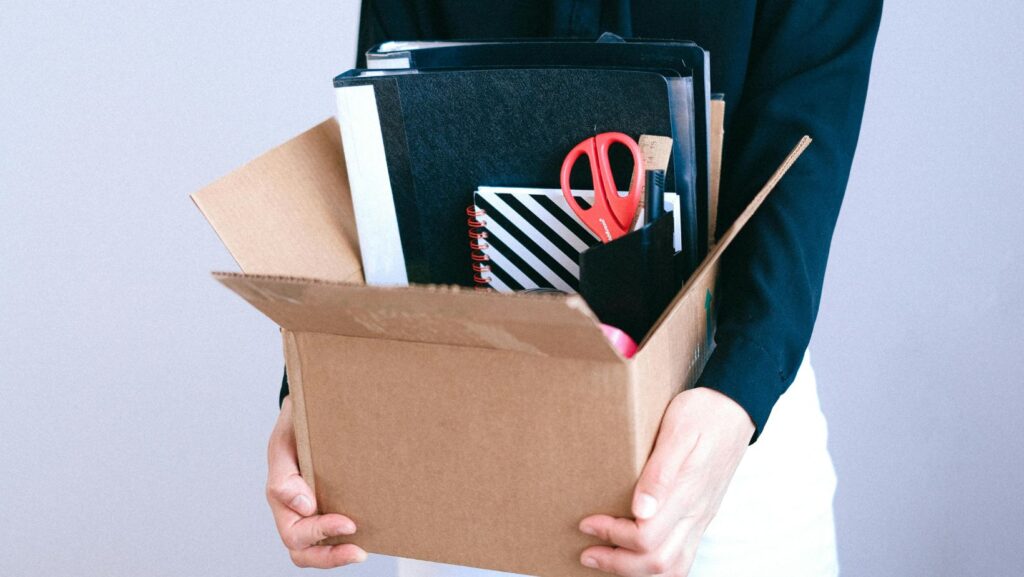Moving furniture into a shipping container can be a practical solution for transporting your belongings during a move. However, improper organization can lead to damaged items or inefficient use of space. To avoid these pitfalls, it’s essential to plan and pack strategically. Proper furniture organization in containers can make all the difference in ensuring a smooth move. Whether you’re relocating or using a shipping container for temporary storage, a well-thought-out strategy can make the process much smoother. Below are key tips to help you organize furniture in a shipping container like a pro.
-
Assess the Space and Plan Ahead
Before moving anything into the container, take measurements of your furniture and the interior dimensions of the container. This helps you visualize how everything will fit and prevents last-minute rearranging. Sketch out a layout to determine the best order to load items. For example, heavier and bulkier pieces should go in first, while lighter or fragile items should be placed on top or at the back for easier access.
-
Disassemble Large Furniture
Disassembling larger furniture like beds, tables, and cabinets can save valuable space and make loading easier. Remove legs from tables and sofas, and pack shelves or drawers separately. Store all screws, bolts, and other hardware in labeled plastic bags and securely tape them to the matching furniture pieces. This ensures you’ll have everything needed for reassembly later without frustration.
-
Use Protective Wrapping

Protecting your furniture from scratches, dents, or moisture during transport is vital. Wrap each item in moving blankets, bubble wrap, or shrink wrap to cushion against impacts. For added protection, consider using plastic covers or tarps to shield your furniture from dirt or humidity, especially if the container will be stored for an extended period. Wrapping also helps keep items in place, preventing them from shifting or rubbing against one another.
-
Start with Heavy Items
Place heavy furniture, such as dressers or sofas, on the bottom layer of the container. This creates a stable foundation and prevents lighter items from being crushed. Position these heavier items near the walls of the container for added stability. Balance the weight evenly across the container to reduce the risk of tipping during transit.
-
Stack Strategically
Stacking furniture efficiently can maximize your space. Use the “Tetris method,” filling gaps with smaller items like chairs, cushions, or dismantled furniture pieces. Fragile items should always be on top or cushioned between soft objects like mattresses. Avoid stacking items too high, as this can create instability and increase the risk of items falling during transport.
-
Create Aisles for Accessibility
If you’ll need access to the contents of your container before unloading, plan to leave small aisles between items. This allows you to retrieve essentials without unpacking the entire container. Label boxes and furniture clearly so you can locate specific items quickly. Place frequently used items close to the container door for easy access.
-
Secure Everything in Place
During transit, items may shift, which can result in damage. Use straps or tie-downs to secure furniture, especially bulky or heavy pieces. Attach tie-downs to the built-in hooks or rails inside the container for maximum stability. This step is especially important if your container will be transported over long distances.
-
Optimize Vertical Space
Take full advantage of the container’s height by stacking items vertically. Use sturdy furniture, such as dressers or bookshelves, as bases for smaller or lighter items. Add plywood sheets between layers to create a stable surface for stacking fragile items. Be mindful of the weight distribution to avoid overloading any single section.
-
Pack Fragile Items Separately
Fragile items such as mirrors, glass tabletops, and artwork need special attention and protection. Wrap these items individually in bubble wrap and use sturdy, labeled boxes for storage. Place fragile boxes on top of heavier items and ensure they’re tightly packed to minimize movement. Consider using corner protectors or foam padding for additional protection.
-
Use Pallets or Raised Platforms
If your container will be exposed to fluctuating weather conditions, consider placing furniture on pallets or raised platforms. This helps prevent moisture from seeping in and damaging your belongings. Pallets also make it easier to load and unload furniture, as they provide a uniform base for stacking.
-
Inspect the Container Before Use

Before loading your furniture, inspect the shipping container for any damages, holes, or leaks that could compromise the safety of your items. Seal any small gaps with weatherproof tape or silicone to keep moisture and pests out. A clean and well-maintained container is crucial for preserving your furniture during storage or transport.
Final Thoughts
Organizing furniture in a shipping container doesn’t have to be overwhelming. With careful planning and strategic packing, you can maximize space, protect your belongings, and ensure a smooth moving process. Start by assessing your needs, protecting your furniture, and using the container’s space efficiently.
